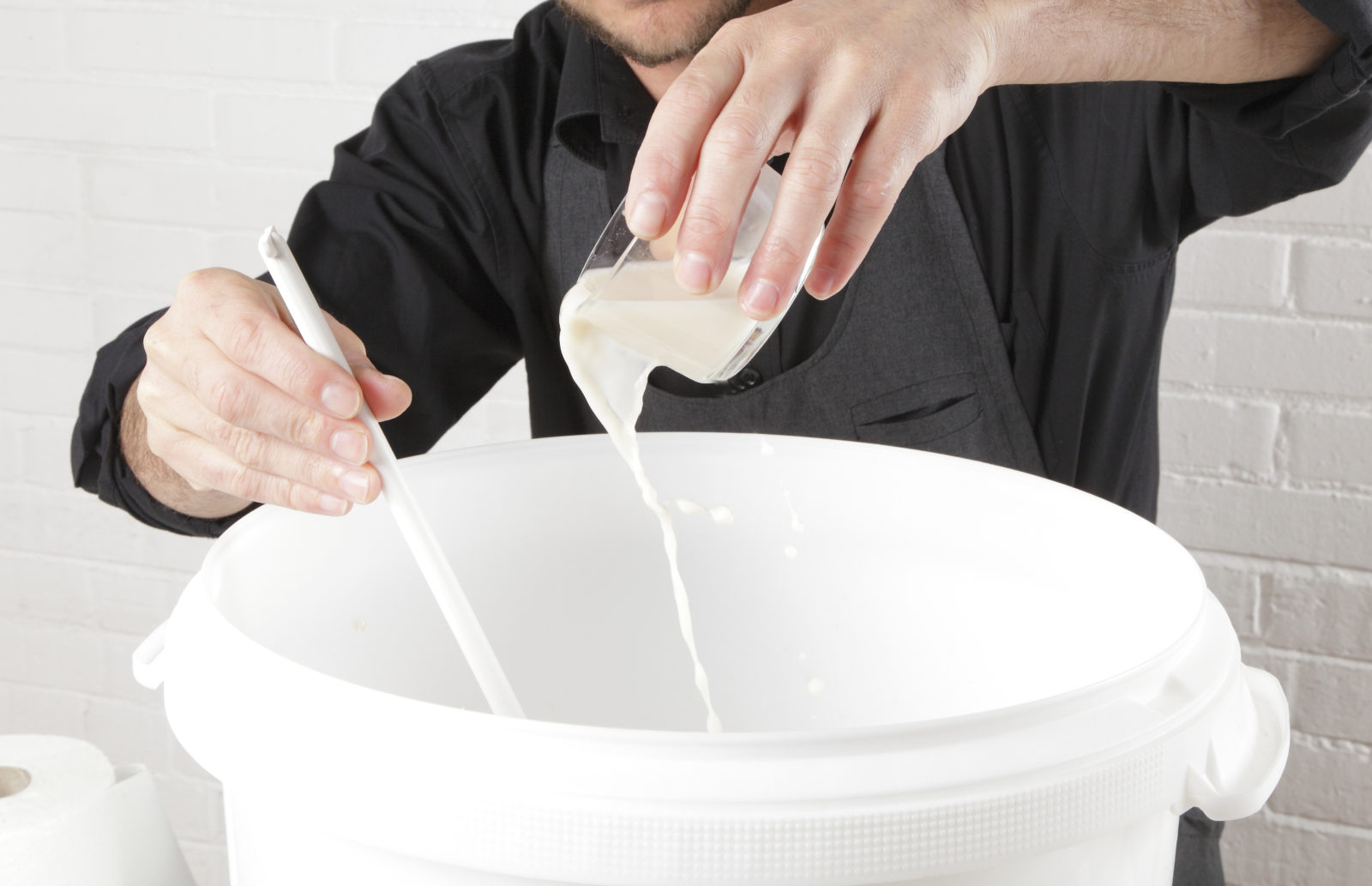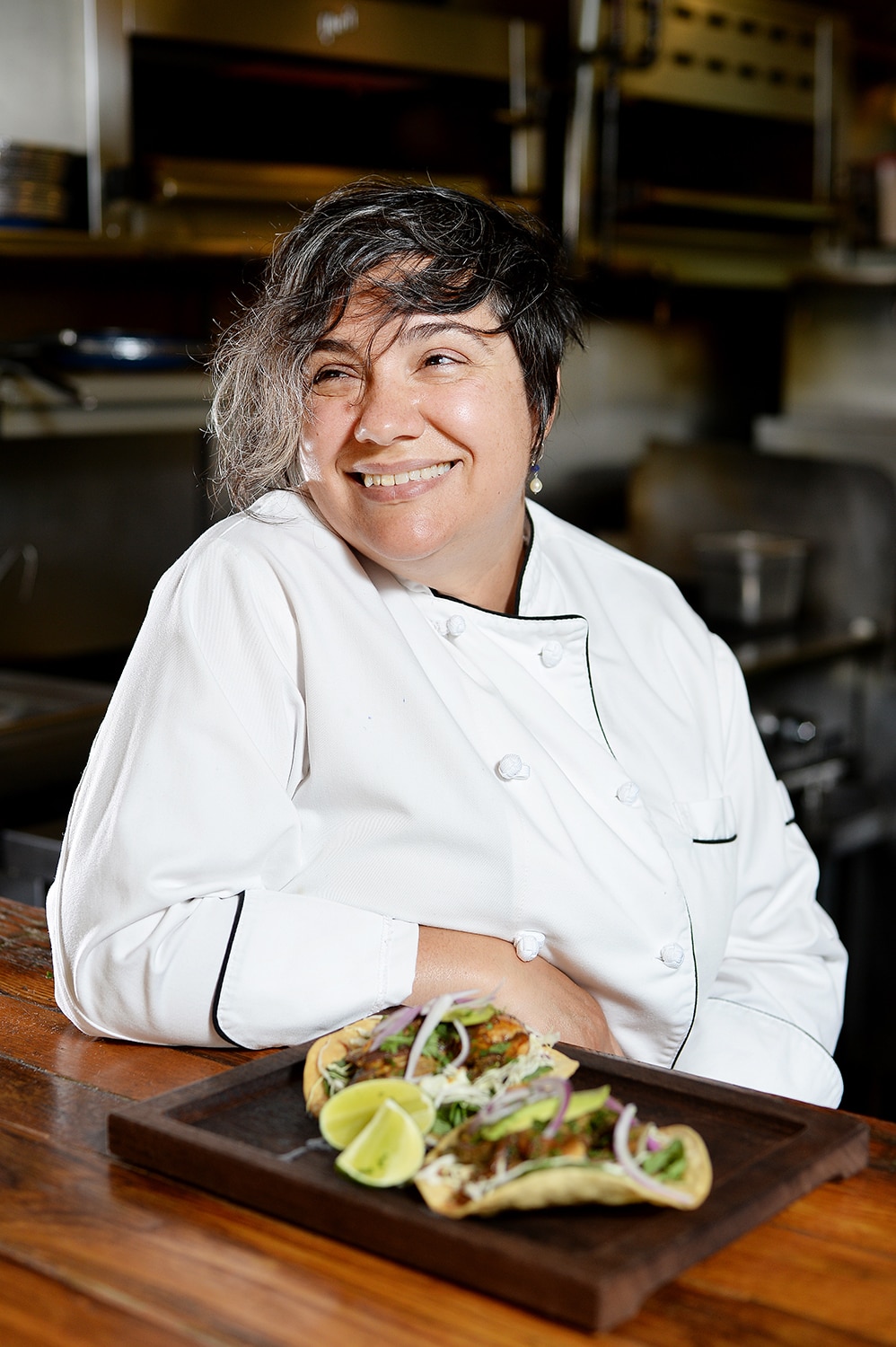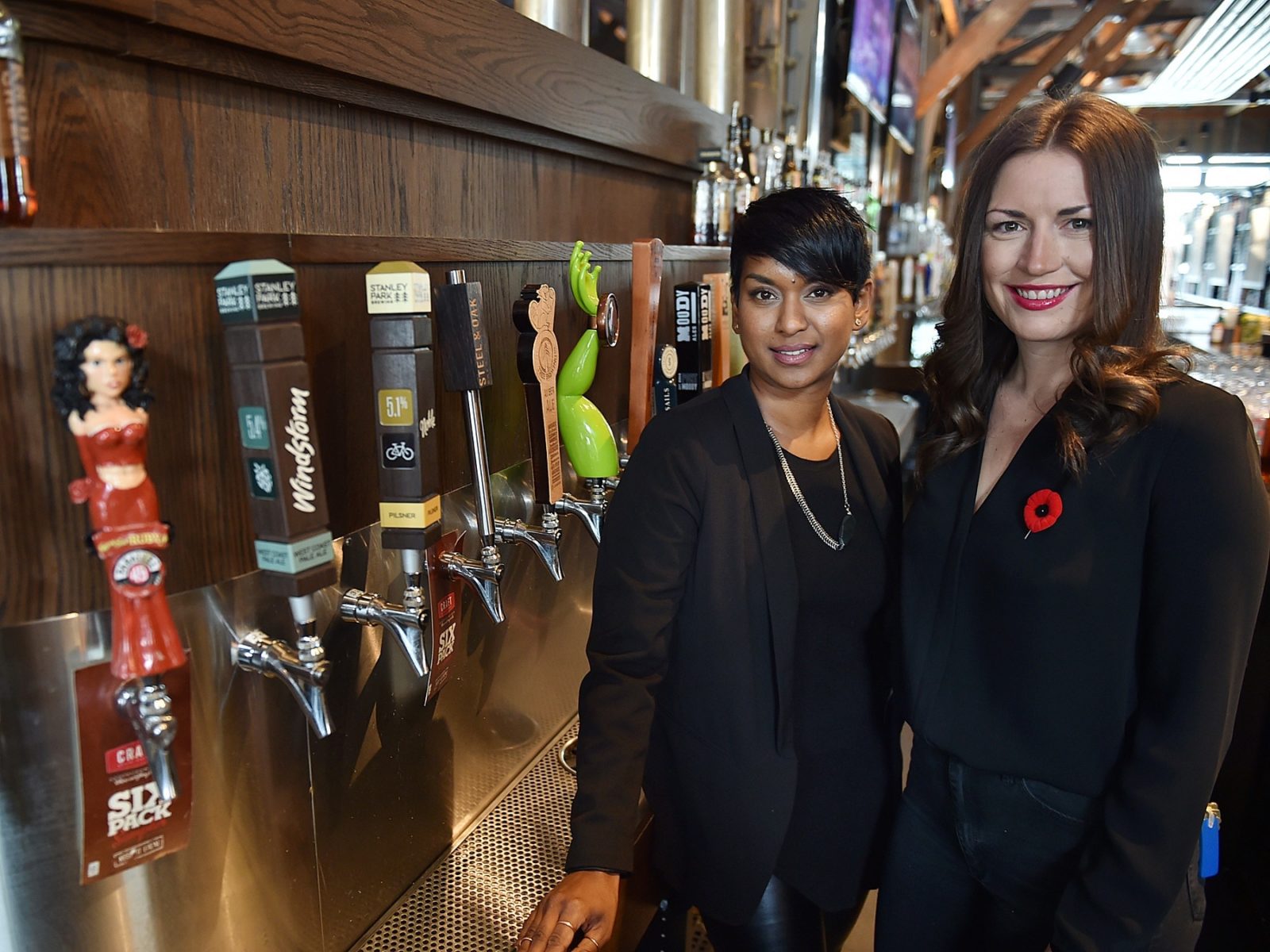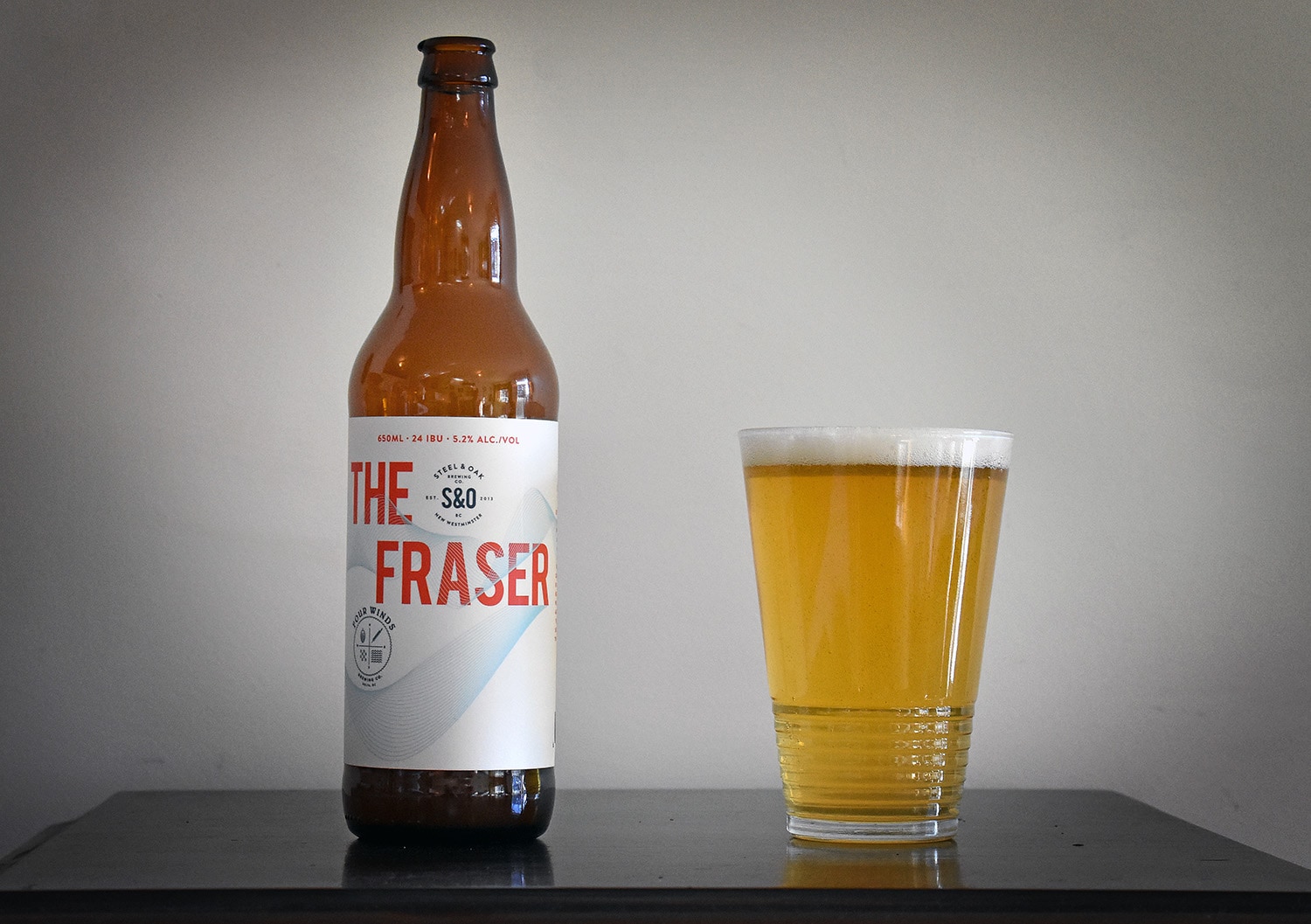
Part 4 in The Growler’s four-part series exploring the basic building blocks of beer. Make sure to check out Part 1: Water, Part 2: Grain and Part 3: Hops.
So, after water, grains and hops, we come to the final ingredient we need to make beer: magic.
Snort if you will, but magic—or the divine blessing of “goddisgoode,” God’s good, as it was known in Middle Ages England—really was the secret ingredient for brewers before the age of microbiology.
What else could explain the transformation of barley soup into a fizzy, heady beverage of wonder?
Today we know this magical/heavenly power is, in fact, a single-cell fungus called yeast—and it’s the ingredient that brewers respect the most. As the well worn adage has it, brewers just make wort; it’s yeast that makes beer, through the process of fermentation.
Yeast is everywhere, on everything, floating around, looking for food and a good home like any other organism with common sense. In the creation myth of beer, some wandering yeast came into contact with steeped grains and thousands of generations of mutations later—thanks to natural, then scientific selection—the species and strains for brewing were optimized.
Today, two species of yeast dominate brewing and give the beer world its two principal families: Saccharomyces cerevisiae is responsible for the diverse range of the world’s ales, while Saccharoymces pastorianus gives us lagers. Their most basic function is to convert the sugars in wort into alcohol and carbon dioxide.
But fermentation is much more complex than that. Beer yeast has been isolated into a beard-boggling range of thousands of strains, many of which give definition to beer styles thanks to the particular aromatic and flavour compounds like esters and phenols they produce during fermentation.
These can create characteristics like the peppery bite of saison yeast to the clove note of hefeweizen yeast and the orangey flavours of English strains.
But even in the neutral fermentation profiles of the cleanest lagers—which rely on malt and hop flavours—yeast has a profound effect.
“Every beer has fermentation character, even when we call it clean,” says Ben Coli, the owner of Dageraad Brewing in Burnaby, whose Belgian-style beer is driven by yeast characteristics.
“If beer wasn’t fermented by yeast—if you could somehow synthesize the barley without the sugars plus alcohol—it wouldn’t taste anything like beer. There are trace elements of thousands of chemicals that the yeast produces: that’s the flavour of beer.”
Faced with such choice, brewers have a challenge in selecting the right yeast for their beer. As with many challenges in life, drinking helps.
“It’s all about experience—and by that I mean drinking. If you drink a tremendous amount of beer while paying attention, you develop an idea of what [different] yeasts are like,” says Coli, who settled on the Belgian Ardennes and Chimay varieties as Dageraad’s two house strains.
However, anyone making beer has to respect the fact that yeast is a fickle employee. It needs an optimum working environment, in terms of the wort’s temperature and acidity; and it needs to be well fed, with enough oxygen to replicate, enough sugars to feast on and enough minerals to keep it healthy.
Change any of these Goldilocks factors and you’ll get different results. Change them significantly and your poor yeast can get stressed out. That’s when it can start producing some unsavoury byproducts: unforgettable odours such as Band-Aids, butter and solvent.
“The trick is always getting the good byproducts out of the yeast without enough of the byproducts that makes it bad,” Coli says.
Even after fermentation is complete, yeast can provide further flavour through the process of bottle conditioning. A little yeast and sugar is added to each bottle, kickstarting secondary fermentation in the vessel. As well as sealing in all that estery and phenolic deliciousness, bottle conditioning increases a beer’s shelf life as the yeast gobbles up any oxygen that creeps in.
Other species of brewing yeast have come to the fore of late, most notably “wild” yeasts (most of which are now propagated in labs) such as Brettanomyces, which inoculate the traditional ales of Belgium like lambic and saison, and are responsible for their dryness and a distinct, funky, “farmyard” character.
(Bacteria can also play a role in these ales; species like Acetobacter, Lactobacillus and Pediococcus that lend sour beers their acidity.)
Many different species and strains can even work together in splendid harmony. Mixed-culture beers—usually by Belgian brewers, or brewed in the Belgian style—are some of the most deliciously complex drinks on the planet.
It all amounts to some next-level brewing skill that’s well worth further research for the science-inclined. Whether that’s you or not, it’s worth appreciating the microscopic magic that helped create the beer you’re raising to your lips right now.




